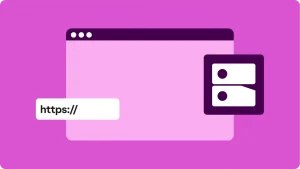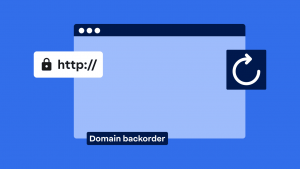Key takeaways:
- Check availability early to avoid delays or conflicts when launching your site.
- Use domain tools and variations to find a name that fits and is still available.
- Secure your domain fast so no one else grabs it before you do.
Your domain name is your online address where people find you on the web. A good domain name builds trust, makes people remember you, and makes you findable on Google. But picking the right one is a challenge — what if the name you want is already taken, how do you keep it safe online, and how do you know if it’s available?
If you’re struggling with these questions, this guide will walk you through everything you need to know. By the end, you’ll know exactly how to check if a domain name is available and feel confident in choosing one that helps you stand out and succeed online.
Why a domain name matters for your business
A domain name is often the first impression visitors get when they visit your site. It sets the tone for your brand and can make you more memorable online. When it’s short, relevant, and easy to remember, it builds trust and encourages users to explore further.
To make the best impact, your domain name should have these characteristics:
- Relevance. Your domain should clearly reflect your brand or what you offer. This also helps your website look more professional and trustworthy.
- Memorability. A simple, catchy name helps people remember you. Avoid using complex characters or symbols makes your domain harder to remember
- Keywords. Using relevant keywords can improve your visibility in search engines. This makes it easier for people to find you when they search for something related to your products or services.
- Uniqueness. A distinct name helps you stand out from competitors.
Find the perfect domain
Ready to register a domain name? Check domain availability and get started with Network Solutions today.
Why checking domain name availability is important
Checking if your domain is available is one thing but knowing the reason behind it is another. Here’s why it’s an essential step in establishing your online presence.
Helps avoid legal and trademark conflicts
It’s essential to know if your chosen domain is available online because it might be taken already. Registering a domain that’s already in use or trademarked could lead you to face legal penalties. This could harm your business and pay damages to the trademark owner.
Builds brand identity
Your domain name is one of the first things people notice about your brand. If it’s simple, easy to remember, and matches your business name, it makes your brand look more professional and trustworthy. A strong domain sets the tone for how people see your business online.
Helps avoid delays in launching your website
Finding out your domain name isn’t available after building your brand around it can slow everything down. You might have to change your name, redesign your logo, or even start from scratch. Checking availability early on saves time and keeps your launch on track.
How to check if the domain name is available
If you have a name for your website, you need to make sure it’s available. Follow these steps to check the availability of your chosen domain name.
- Brainstorm domain name ideas
- Use domain search tools
- Explore alternative domain extensions
- Consider registering domain variations
- Conduct a WHOIS lookup
Step 1. Brainstorm domain name ideas
Start by writing down a few name ideas that match your brand or what your website is about. Think about what’s easy to remember, easy to type, and sounds professional. If your top choice is already taken, it’s a good idea to come up with a few options. Try combining keywords, using your brand name, or keeping it short and catchy.
You may avoid special characters or numbers if you can since they’re harder to remember and can make your site look less credible.
Step 2. Use domain search tools
Once you have a domain name in mind, use a domain search tool to see if the name is available or already taken. Just type the name into the search bar and hit enter.
Many domain registrars, like Network Solutions, allow you to check domain name availability. Here’s how you can do it:
- Enter your desired domain name.

- Our tool will automatically check if your domain is available.
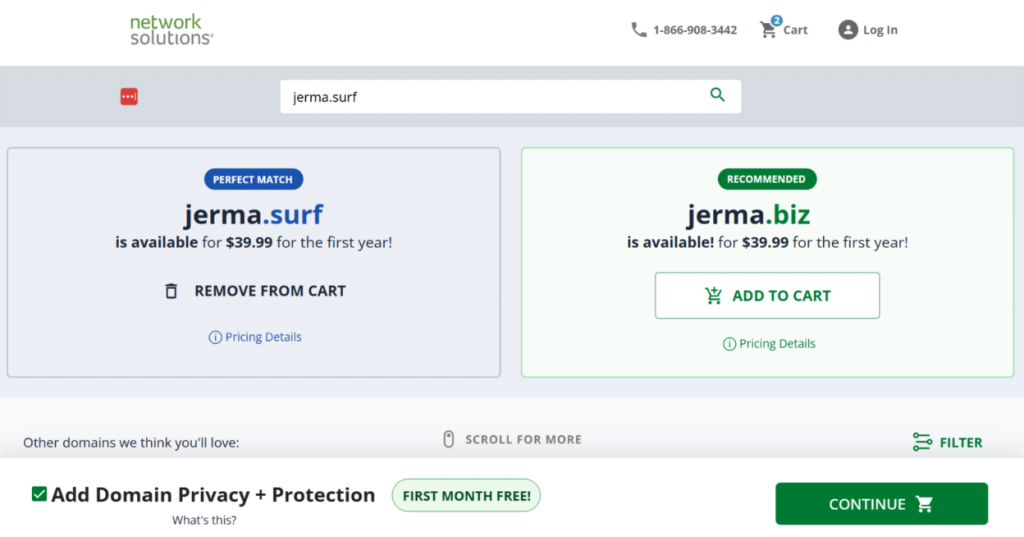
- If the domain is already taken, we’ll suggest alternatives, including different extensions (like .net, .co, .io) or slight variations of your original name.
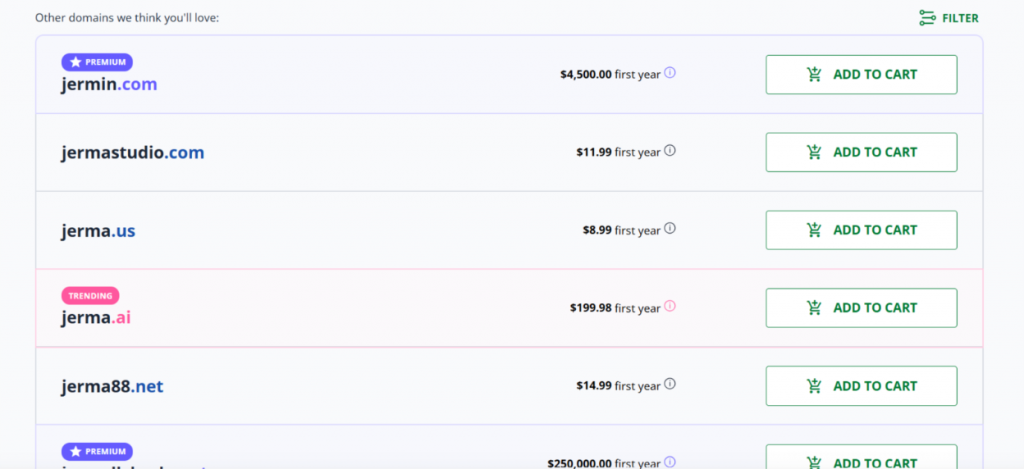
If it’s available, you can buy it right away. If it’s already taken, the tool will suggest other options you can use instead.
Step 3. Explore alternative domain extensions
Most businesses aim for a .com domain because it’s familiar and trusted. But if your .com is taken, tons of other domain extensions could be more relevant, like:
- .net. Great for technology or networking brands.
- .co. A trendy and versatile option for businesses.
- .io. Popular among startups and tech companies.
- Industry-specific extensions. Use options like .shop, .design, or .art to reflect your niche.
Just make sure the extension makes sense for your site. The goal is to find something that feels right and still represents your brand clearly.
Step 4. Consider registering domain variations
Even if your domain is available, it’s smart to think about related names people might accidentally type into.
For example, if your domain is thecookshop.com, someone might type cookshop.com or thecookshop.net by mistake.
Buying a few of these variations can help protect your brand. It also stops other people from registering a similar name and potentially confusing your audience or competing with your site.
Step 5. Conduct a WHOIS lookup
A WHOIS lookup lets you see who owns the domain and sometimes includes their contact info. You can use tools like whois.domaintools.com or many registrars have this built in.
- Go to a WHOIS lookup site like Whois.com.
- Enter your desired domain name into the search field.
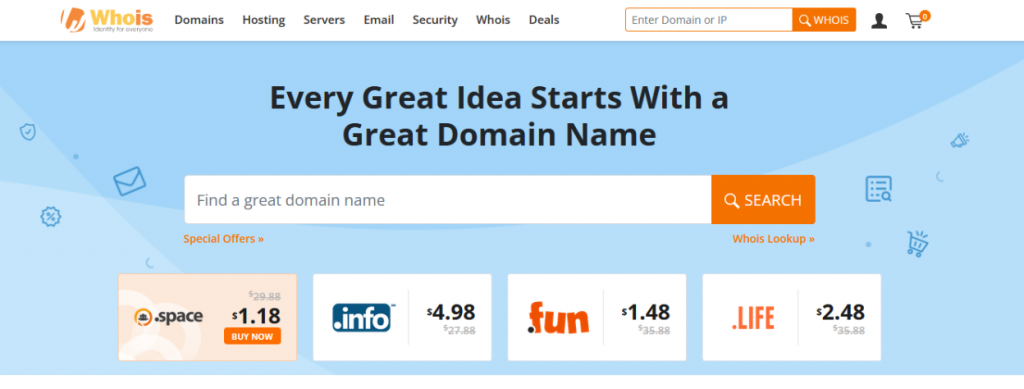
- If the domain is registered, you’ll see details like the owner’s name (if not protected by privacy settings), the registrar, and the domain’s expiration date.
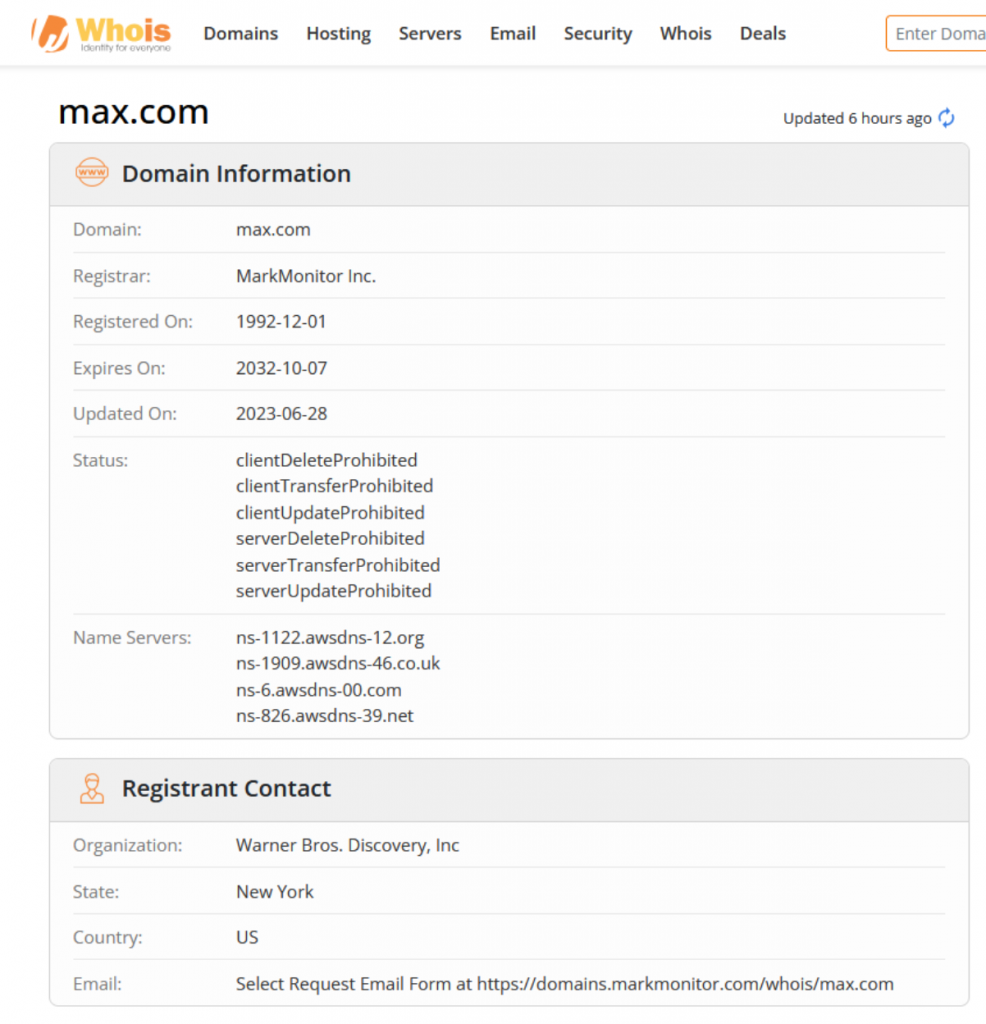
- If the domain is unregistered, it means you can purchase it.
If the owner’s information is public, you can contact them to make an offer. Be aware that some owners may not be willing to sell, or they may ask for a price significantly higher than a standard registration.
What to do if your domain name is taken?
If the domain name you want is already taken, you still have a few practical options to work with.
- Adjust the name slightly
- Use a domain name generator
- Check if the domain is for sale
Adjust the name slightly
You can modify the domain by adding a relevant word, such as your business type, location, or something descriptive. For example, if greenhouse.com is taken, you could try greenhouseplants.com or greenhouseboston.com.
These kinds of changes help keep the name close to your brand while making it available to register.
Use a domain name generator
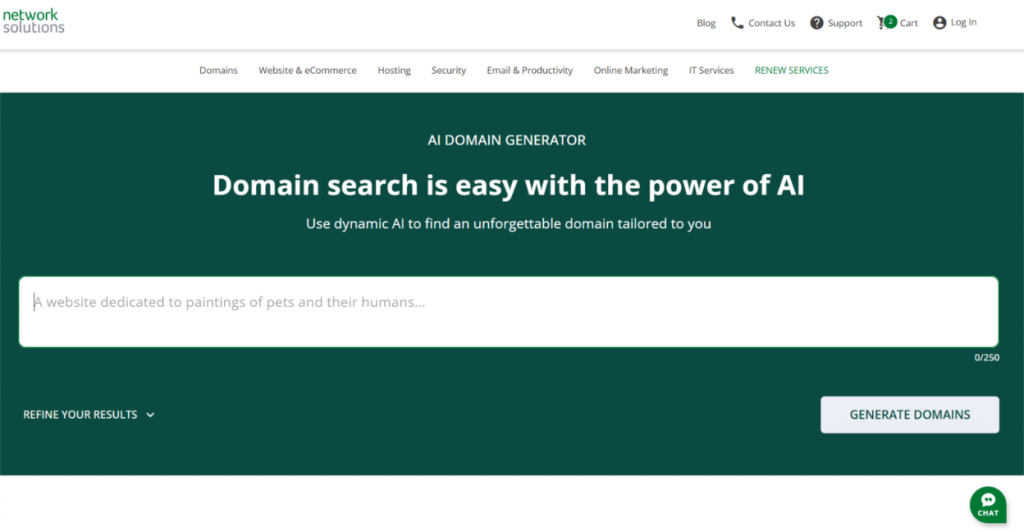
There are tools online that generate domain name suggestions based on keywords. They’re helpful when you’re out of ideas or want to see what variations are available. Most tools will also tell you right away if the names are available to register.
Check if the domain is for sale
You can run a WHOIS lookup to see who owns the domain and whether it’s for sale. If it is, it may be listed on a domain marketplace or auction platform like NameJet. You can contact the owner directly or place a bid if it’s listed. Just be prepared for the possibility of a higher price than a standard domain registration.
How to monitor and secure your domain
Registering your domain is one thing and protecting and keeping it secure over time is another. Here’s how to stay on top of domain management and security:
- Set up domain monitoring
- Enable auto-renewal
- Activate privacy protection
- Use strong security measures
- Regularly check your domain settings
Set up domain monitoring
Domain monitoring tools help you track your domain’s status and alert you to potential risks, such as expiration dates or unauthorized changes. Some of their features include:
- Monitor expiration. Use tools like NameSilo to track when your domain is about to expire. These ensure you don’t miss the renewal date. Many registrars also provide expiration alerts and offer grace periods for domain renewal. Also consider auto-renewal, which will automatically renew your domain before it expires.
- Track ownership changes. Some services can detect unauthorized changes to your WHOIS information or domain settings. Additionally, enable email notifications for updates to your WHOIS data, so you can act quickly if anything suspicious happens. This is especially critical for high-value domains that you want to keep secure.
- Keyword and competitor monitoring. Certain tools also monitor similar domains that competitors might register for. You can also use domain tools like Lean Domain Tracking availability in real-time ensures that no one else registers important names related to your business before you.
Enable auto-renewal
The simplest way to avoid losing your domain is by enabling auto-renewal with your registrar. When you activate auto-renewal you gain benefits like:
- Automatic domain renewal before expiry.
- Payment processing through secure and stored payment methods.
- Domain auto-renewal eliminates the risk of accidental lapses and secures your ownership.
Activate privacy protection
When you register a domain, your contact information, like your email and phone number, is often made public. To keep this private and avoid spam or potential security risks, opt for WHOIS privacy protection.
This service replaces your personal details with proxy information, keeping your data safe and your inbox clean. Most registrars offer it for a small fee, and it’s an easy way to add an extra layer of security.
Use strong security measures
Your domain is an asset, so make sure your account is as secure by employing best practices like:
- Set strong passwords. Use unique, complex passwords for your registrar account and update them regularly.
- Enable two-factor authentication (2FA). Many registrars offer 2FA for added security. It provides secondary verification by requesting external code acquired through text messages or authenticator apps.
- Lock your domain. Domain locking prevents unauthorized transfers by requiring a specific code for domain changes. Most registrars allow you to lock your domain directly from your account dashboard.
Regularly check your domain settings
It’s important to occasionally check your domain settings to make sure everything is running smoothly and securely. Here’s how you will do it:
- Review your DNS records. Always review your records to make sure no one has changed them without your permission. This helps ensure your website keeps working properly and isn’t redirected elsewhere.
- Make sure your WHOIS information is up to date. Keeping it updated is essential in case you need to recover your domain or be contacted about any issues.
- Check that domain locking and privacy protection are enabled. Domain locking makes it harder for someone to steal or transfer your domain without your consent. This also helps hide your personal contact details, reducing spam and potential security risks.
Consider domain insurance
If you have a valuable domain, you might want to investigate domain insurance or additional security options offered by some registrars.
These services can give you extra peace of mind, including monitoring unusual activities. This helps you recover your domain if it’s lost or stolen and offer legal protection in case there’s a dispute over ownership.
You now have a complete roadmap for finding, registering, and protecting the perfect domain name. This is the first and most important step in building your online identity. The final piece is choosing a trusted registrar to help you secure your digital asset and make the process simple.
Secure your domain name today with Network Solutions
If you’ve found the name you want, don’t wait. Secure it now through Network Solutions and make sure it’s yours before someone else grabs it.
A clear, consistent domain builds trust makes you easier to find, and gives your brand the professional edge it needs to grow. Lock in your domain today and take the first real step toward bringing your idea to life.
Frequently asked questions
You can check if a domain is available by using any domain search tool online. Just type the domain name you want into the search bar, including the ending like “.ad”, and the tool will tell you if it’s available to register or already owned by someone else. If it’s available, you’ll usually have the option to register right away. If it’s taken, you might be able to see who owns it or look for other similar names.
The easiest way is to enter the domain into your web browser and see if anything loads. If you see a website, the domain is active. If you get an error or a blank page, the domain might not be in use. You can also look it up using a WHOIS tool to check if it’s registered and when it was last updated.
A domain is valid if it follows the proper format. It should include a name followed by a domain extension, like .com, .net, or .adIt shouldn’t have any spaces, symbols, or strange characters. If you’re unsure, you can enter the name into a domain checker, and it will tell you if the format is acceptable.

